#What are sustainable phones and how are they saving the planet

Table of Contents
“What are sustainable phones and how are they saving the planet”

Smartphones have become one of the biggest dangers to our environment, but they also offer the chance to make the biggest positive impact as well.
When Nokia started flooding the world with its polycarbonate phones more than two decades ago, few probably imagined that there would come a time when those would be eclipsed by something more numerous. Today, Nokia is almost a footnote in mobile history, and smartphone shipments number hundreds of millions, not every year but every quarter. People also switch phones at a faster rate than ever before, especially when companies have programs and strategies in place to encourage such a rapid turnover. Unfortunately, the fast-paced development and sales of these consumer electronics have a rather massive cost, not just for people but also for the planet. Billions of smartphones are shipped each year, and thousands if not millions end up unused or, worse, improperly discarded. Given their large numbers and ubiquity, smartphones have an equally large yet negative impact on our environment. Fortunately, the trends are shifting for the better, even if slowly and in small, incremental steps.

Thinking Outside the Box
There have been many attempts to raise awareness about the negative impacts of the smartphone industry on our environment, but, as always, it was Apple that really got people talking. Some saw it as just a cunning strategy to actually get people to buy its own chargers, but Apple’s official statement for removing the charger in iPhone boxes is for a greener economy. Not everyone bought that reason, of course, and it remains to be seen whether it actually makes a positive difference in the long run. The fact remains that Apple’s actions started discussions and, more importantly, changes in the industry.

Designer: Apple
After ridiculing Apple, Samsung unsurprisingly followed suit and made charging bricks absent from some of its phones. While other manufacturers didn’t make such drastic steps, they did acknowledge the impact smartphones and packaging have on the environment. Following Apple’s lead again, many started shrinking their packaging to reduce the number of resources they use. They also started advertising the use of more sustainable materials, reducing their reliance on plastic.
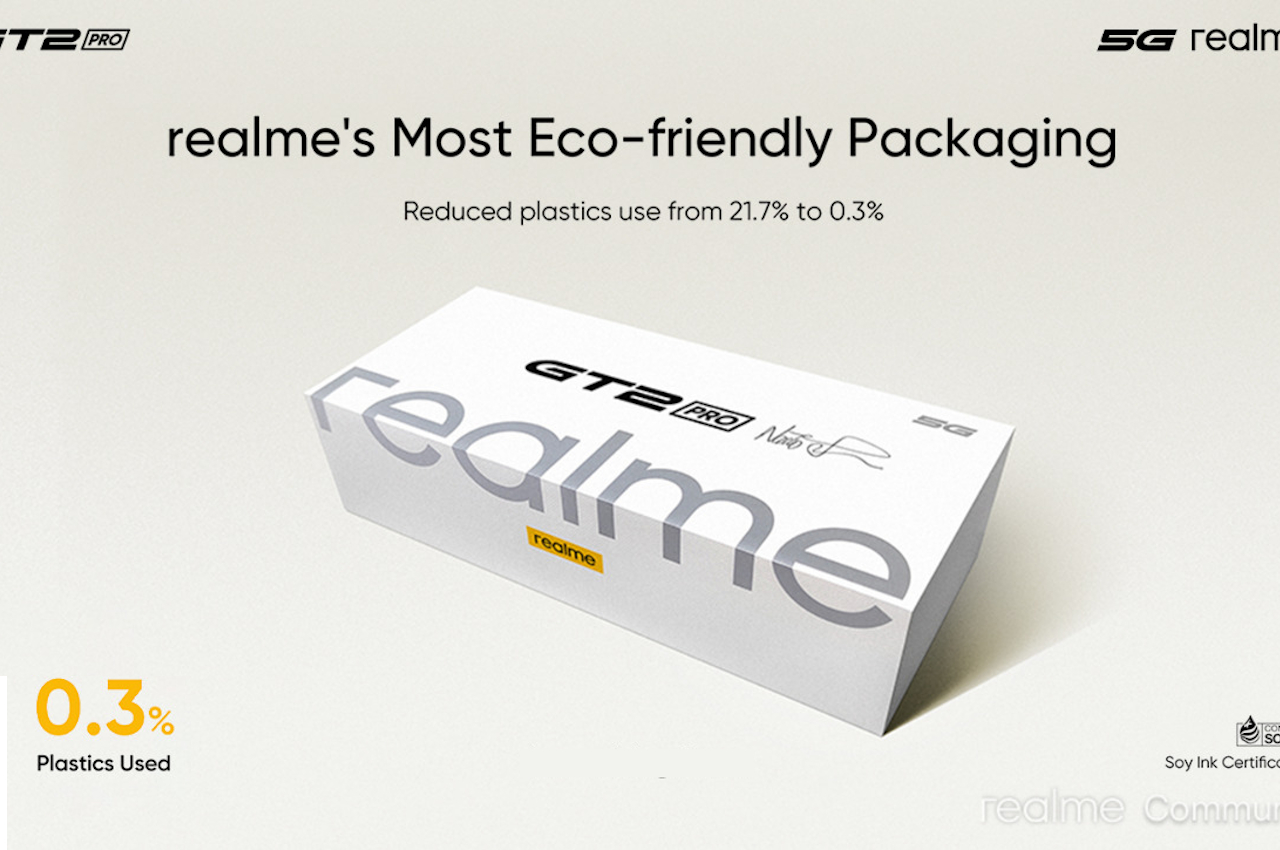
Designer: realme
It might be easy to downplay such small changes, but when you consider how many smartphone boxes are made each year, the number all add up. Fewer new paper that gets produced for these boxes means fewer trees cut down in the long run. Fewer plastics used mean fewer plastics produced every time. Just as how pollution changed our environment little by little, more responsible use of resources, no matter how small, will also help slow down our planet’s death. The question now is whether removing chargers from boxes actually does what they’re supposed to and not simply forces people to buy chargers separately instead. Unfortunately, we won’t really get a complete picture until after a few years.
Recycling, Upcycling
Sooner or later, all smartphones reach the end of their usefulness. Either they no longer work completely, or they can no longer meet the needs and demands of owners. The phone might have a few broken parts that can no longer be repaired, or its aging processor can no longer keep up with modern apps and services. Sometimes, people just want to upgrade to a newer phone with better hardware or features. Whatever the reason may be, it’s curtains for the old phone.
More enterprising people might find a way to still profit from an old phone by selling it if it’s still possible. Sadly, most people that don’t have access to trade-in or similar programs either just stash their phones somewhere and lose them forever or throw them away indiscriminately. The latter results in non-biodegradable materials and harmful chemicals ending up in landfills, further perpetuating the death of our planet.

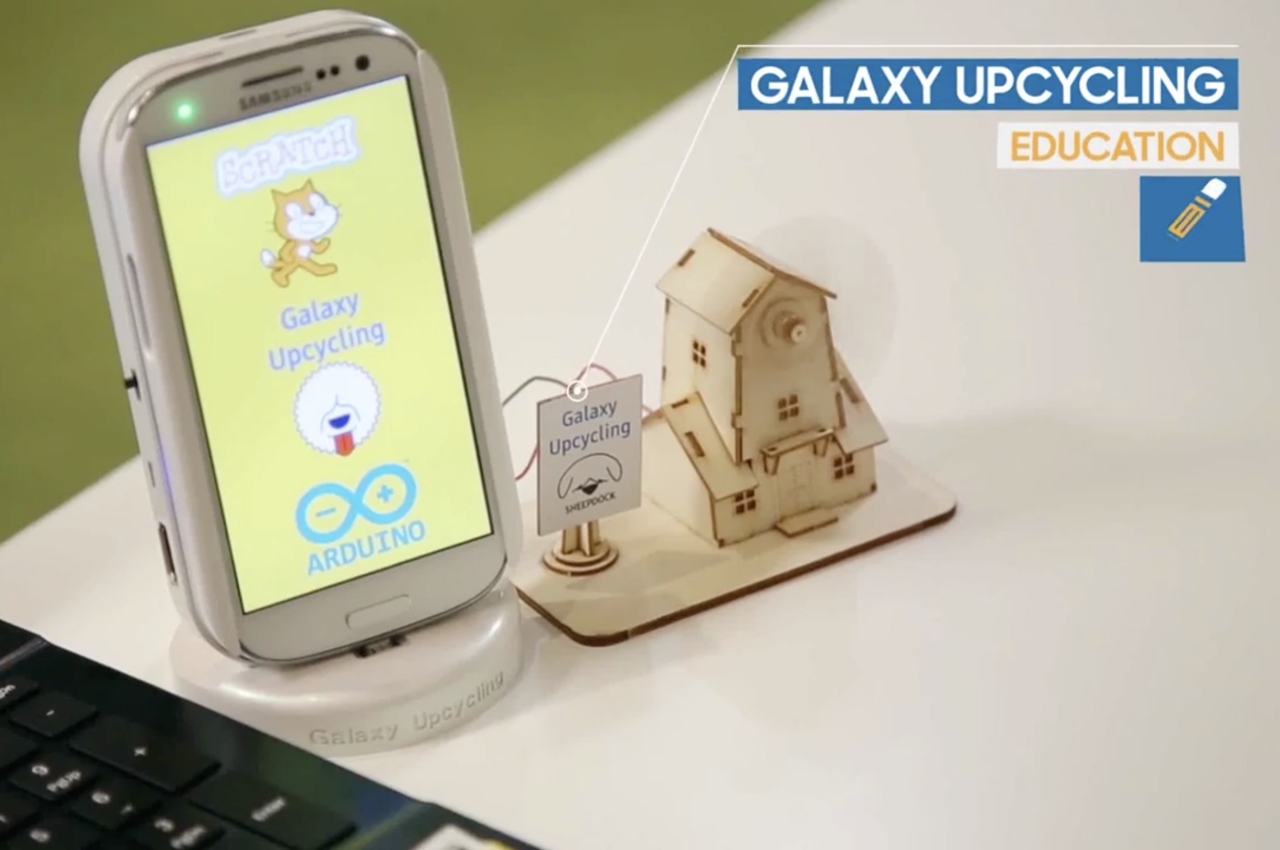
Recycling is often the very first solution that comes to our minds, but it’s no panacea. Not all materials that make up a smartphone can actually be recycled. Additionally, recycling actually takes up a lot of energy and resources as well, potentially making the benefits moot. For phones that actually still work to some extent, there is another solution that isn’t just more economical but also more beneficial to other people.
Upcycling is becoming a new trend in the design world, and some manufacturers have started adopting it as well. Samsung, in particular, has started promoting its upcycling efforts as part of its overall sustainability mission. In a nutshell, upcycling means reusing a product, either in whole or in parts, for a different purpose. It doesn’t require breaking down materials first, and components are used as-is. This can be as simple as repurposing a phone or tablet as a baby monitor or security camera, or it can be as complicated as using the working parts of a phone as ingredients for something else. Even a five-year-old smartphone has enough processing power for other tasks, and being able to reprogram that phone to do other things goes a long way in delaying its eventual fate in landfills.

Designer: Samsung
Fair Play
The negative environmental and even socio-political impact of smartphones don’t just happen at the end of its life. Even before it’s assembled, the raw materials that go into a smartphone’s production already cause concern and, in some cases, even conflict. Rare-earth metals, in particular, are notorious for how and where they are sourced. Some materials aren’t just harmful to the environment but also to the people involved in producing them.
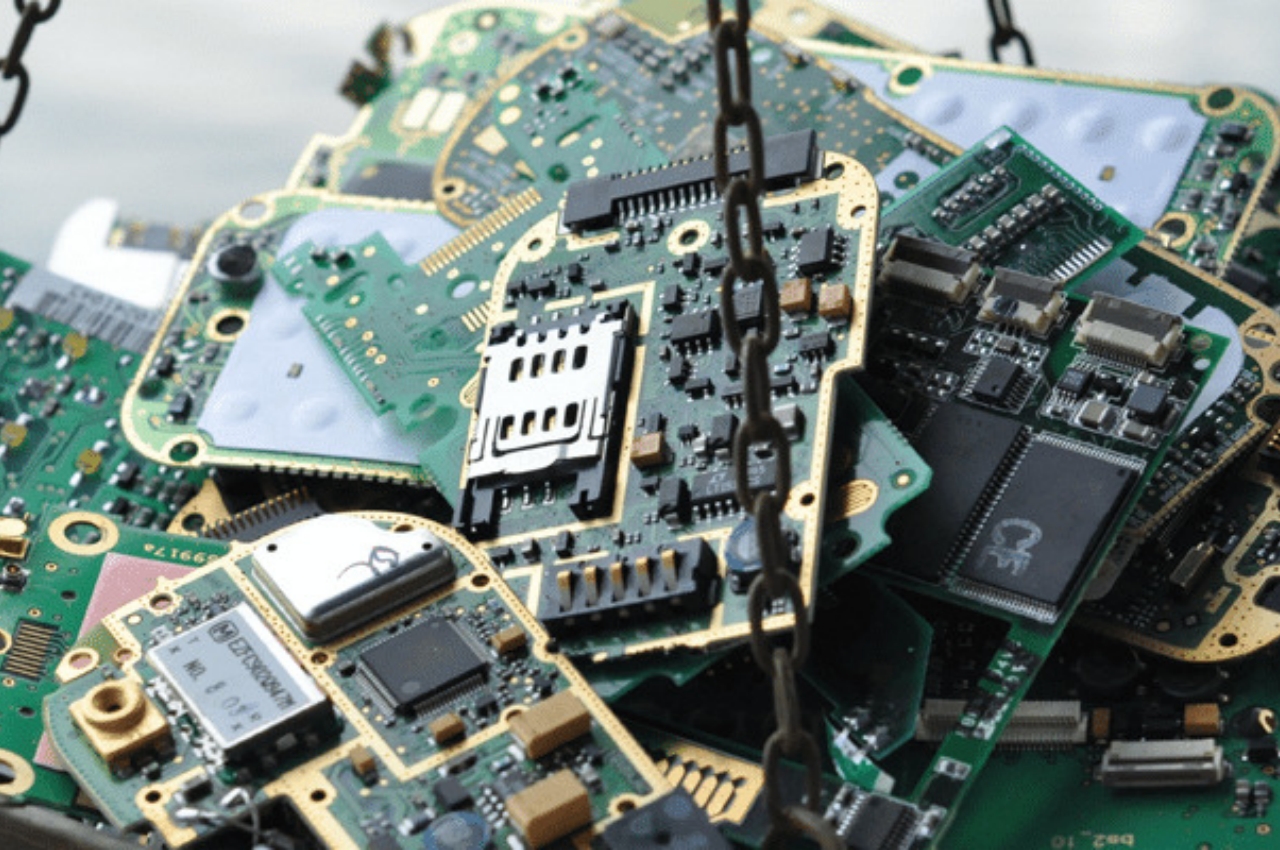
Companies are more cautious about this, but mostly because of the political implications of these “conflict materials.” Not all manufacturers and suppliers, however, have the resources or the drive to put their supply chains under a microscope, and some do slip through the cracks. Unless corporations and governments really work hard together, the supply of these materials will eventually be so constrained that it could cripple the economy as a whole.
A few bold manufacturers like Fairphone have made responsible sourcing a major part of its DNA alongside repairability. By advocating closed-pipe supply chains, it is able to help reduce both the environmental as well as the human costs of making smartphones. It’s almost too easy to take for granted the amount of copper, tin, and even gold that goes into a smartphone, but as with anything that has a long-term impact, those little problems eventually become a massive, unmovable whole.
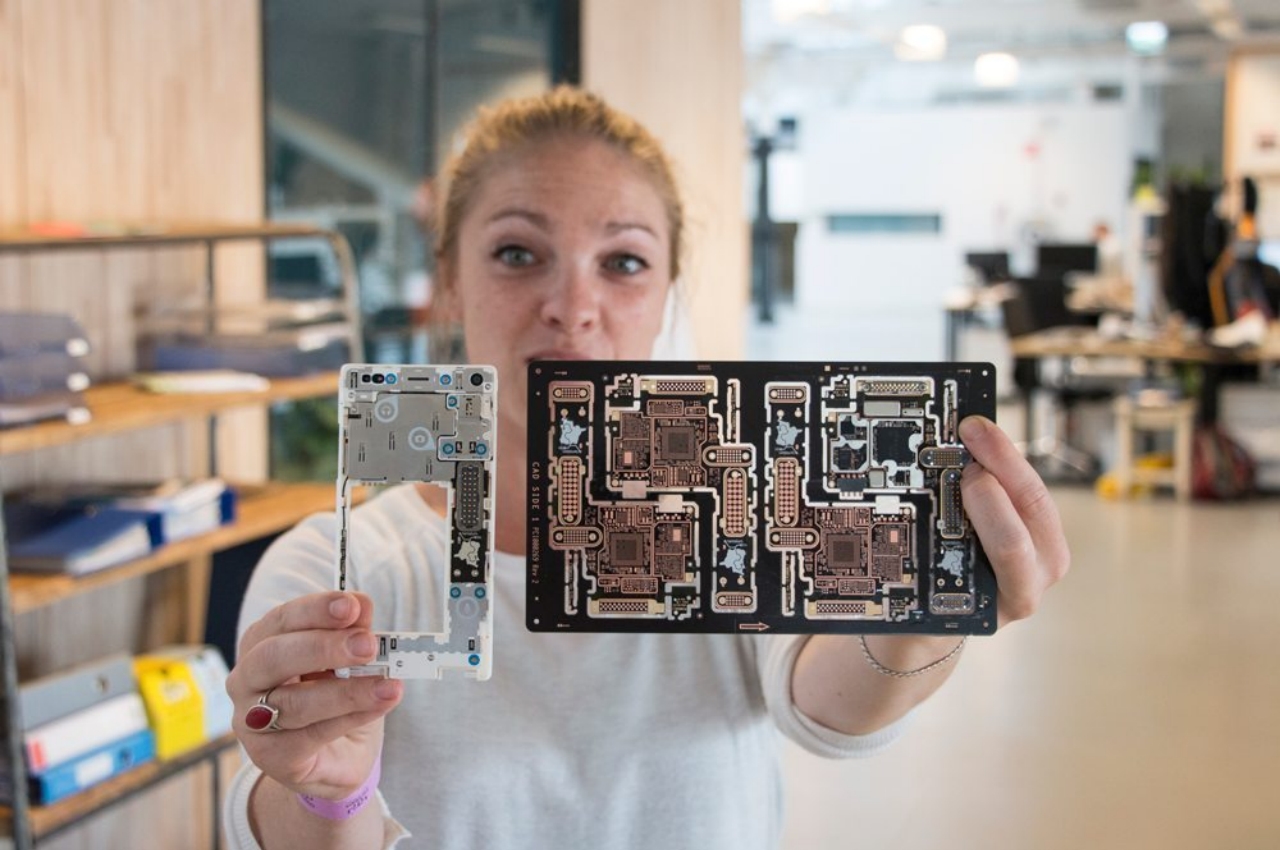
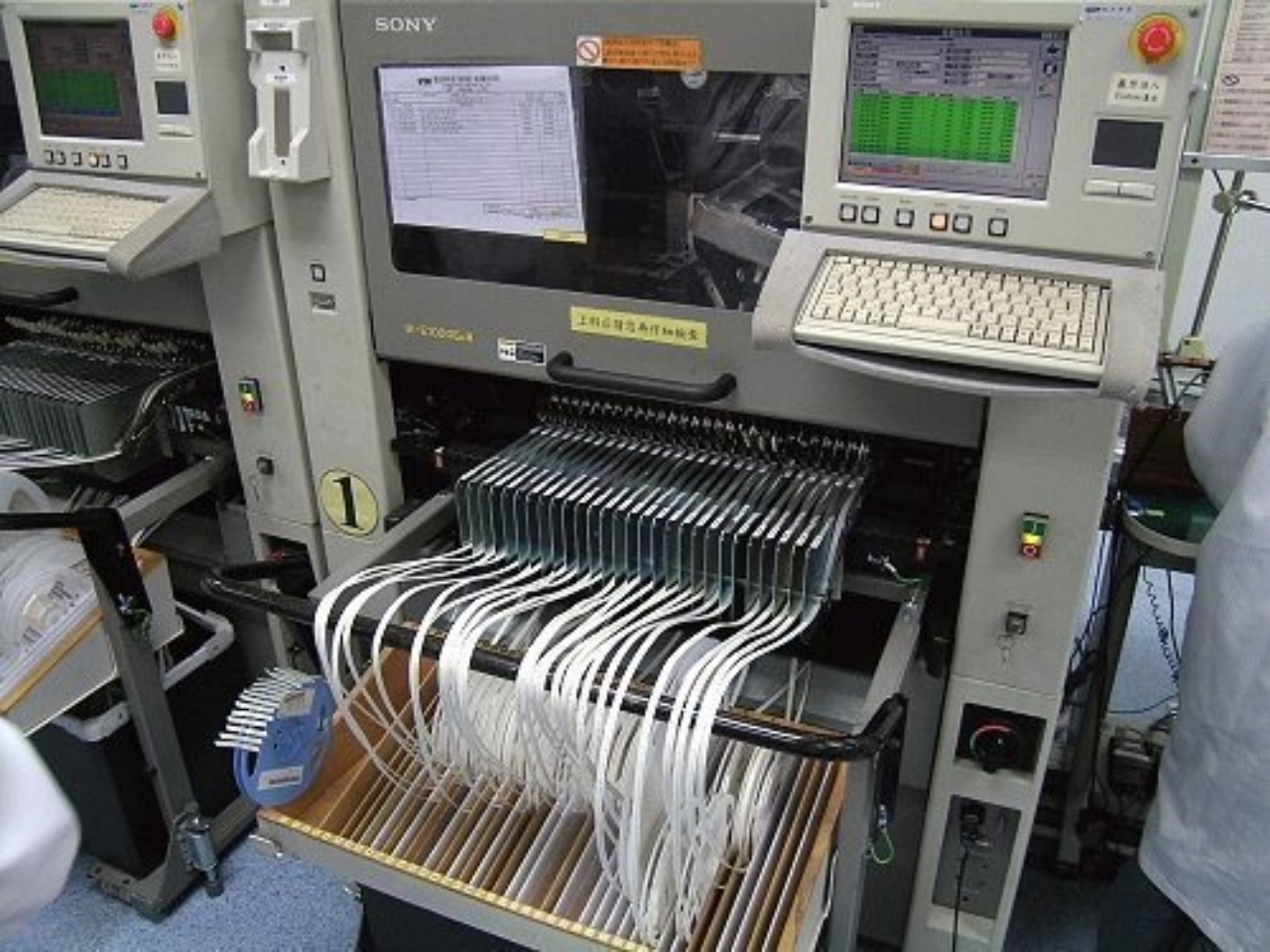
Designer: Fairphone
Conscientious Design
Of course, a major reason for the massive negative impact that smartphones have on the environment is because of the materials used in their creation. Even phones with glass rears and metal frames still have plenty of plastic to go around. Even the glass itself can have harmful materials that prevent it from being recycled effectively. There’s also the matter of toxic chemicals used in producing some parts of phones, as well as the carbon emissions from factories making them. It’s too late for the world to go cold turkey on smartphones, of course, so our only recourse now is to minimize the damage that they do.
Fortunately, smartphone companies have started becoming more aware of the responsibility and blame that they no bear on their shoulders. Big companies like Samsung can only move little by little towards more sustainable materials without completely destroying the supply chain economy. This year’s flagship phones, for example, boast plastics that were made from recycled fish nets that would have otherwise polluted the seas and killed marine life.


Designer: Samsung
Other brands like realme have embarked on a journey that puts innovative new materials into daring designs. This year’s Realme GT2 Paper Edition, for example, uses a biopolymer material for its body, creating a design that not only looks and feels like paper but is also similarly sustainable. Admittedly, it is just one in a sea of unsustainable phones, but it is also a big part of realme’s grand strategy to become a more responsible company and a good role model for its young customers.
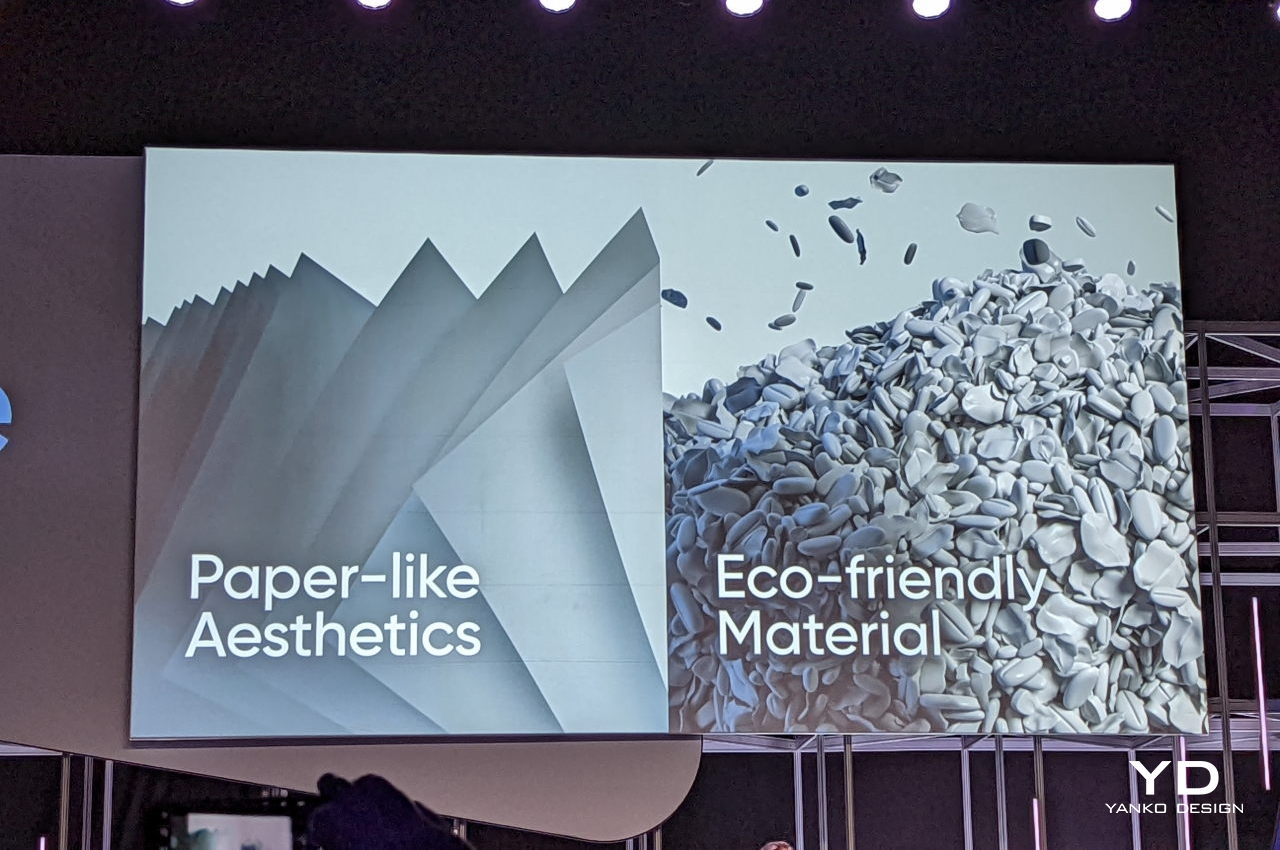

Designer: Naoto Fukasawa for realme
As a smaller company, Fairphone is able to take big risks and make sweeping changes that put sustainability as its core purpose and business. From responsible sourcing to sustainable materials to repairable devices, it is able to build a relatively profitable business that doesn’t contribute to the demise of our little blue planet. Unfortunately, its size almost makes it a “small fish” swimming with whales and sharks, but its continued existence offers proof that it can be done as long as one is truly committed to the cause.

Designer: Fairphone
Right to Repair
Once upon a time, it seemed that phones could last forever. They may have plastic bodies, but they don’t break or crack on their first fall. Batteries bloat or die, but replacing them is a snap. Those days are long gone, of course, and smartphone makers have gone over and beyond to protect their intellectual properties and reputations, even if it meant making it harder for owners to replace a dead battery in the middle of the day. Repairing phones have become its own industry, with the big companies holding the reins. Things are changing for the better, though, and those big companies are leading the charge.
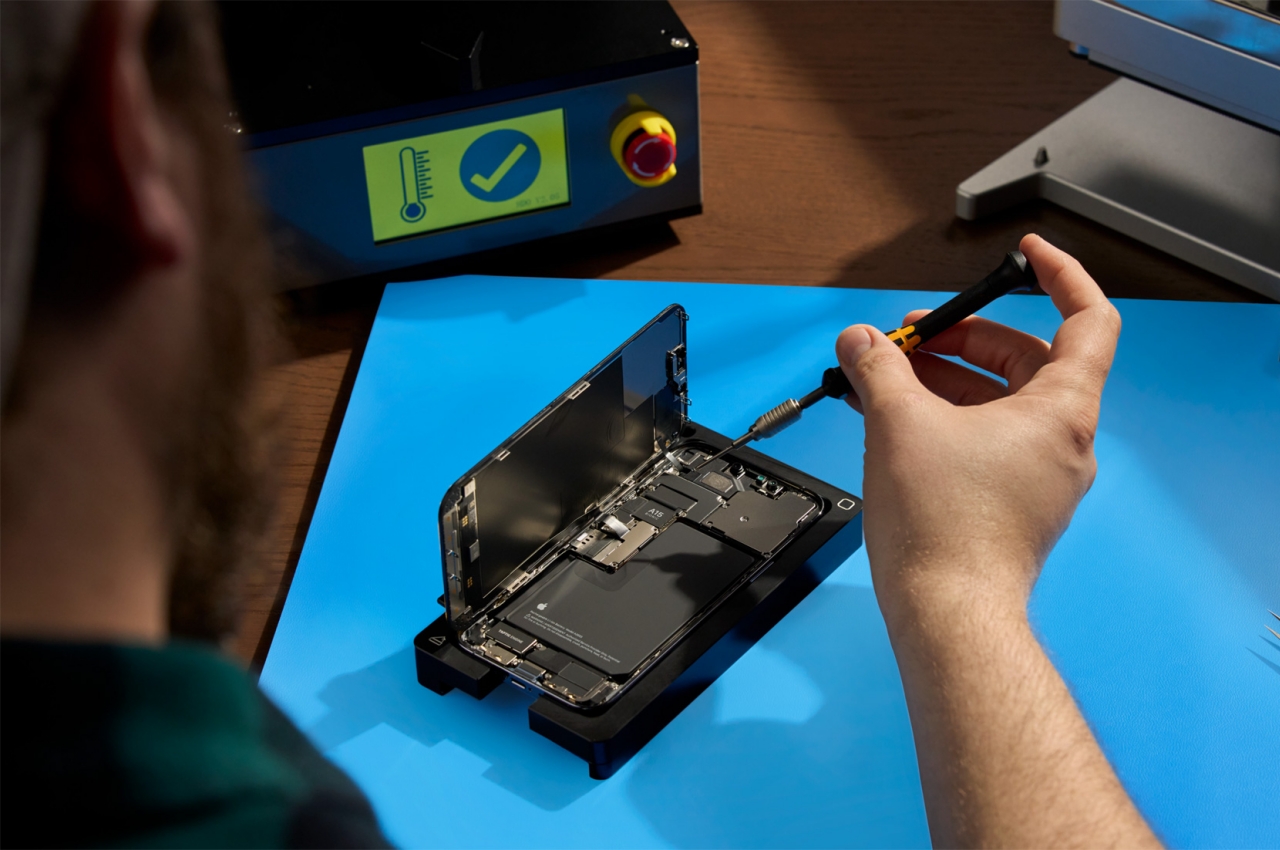
Not everyone has the knowledge or skill to repair their own phones, of course, and it’s hardly advisable to do so. But by opening up repairs to third parties, phone manufacturers are effectively giving smaller repair shops room to thrive. Of course, the companies still hold the keys, providing official components to replace broken ones. Considering how restrictive the previous conditions were, it’s still a major win for the smartphone industry as a whole.
![]()
It also means that it will be easier and cheaper to get phones repaired, which means people will be able to hold on to their phones longer. Just like with upcycling, it helps delay the inevitable end of these devices and the impact of their components on the environment. People have now grown past the trend of changing phones just to get the latest and greatest. The global economic situation has changed drastically in the past years, forcing consumers to rethink their phone-buying habits. Given how phone upgrades have also slowed down lately, more people have finally found it wiser to keep their phones as long as they’re still serviceable.
![]()
![]()
This shouldn’t be the end of the story, though. While the doors to self-repair have been opened slightly, it’s still not enough because of the technical hurdles. In the future, we will hopefully have modular phones where we can swap out parts on the fly and preserve their functions for years to come. That, however, also requires changing current business models, which is why it’s unlikely to happen anytime soon.
Designer: Apple, Samsung, Google
Software is Hard
Keeping a phone running smoothly helps not only preserve its life but also prevent it from doing harm to the environment at the end of that life. Sadly, many phones, especially on the Android side, don’t last that long as far as software is concerned. For arbitrary reasons, manufacturers once decided that two years is enough to keep a smartphone supported with software updates. At long last, they’re finally realizing how unreasonable and unfair that arrangement is.
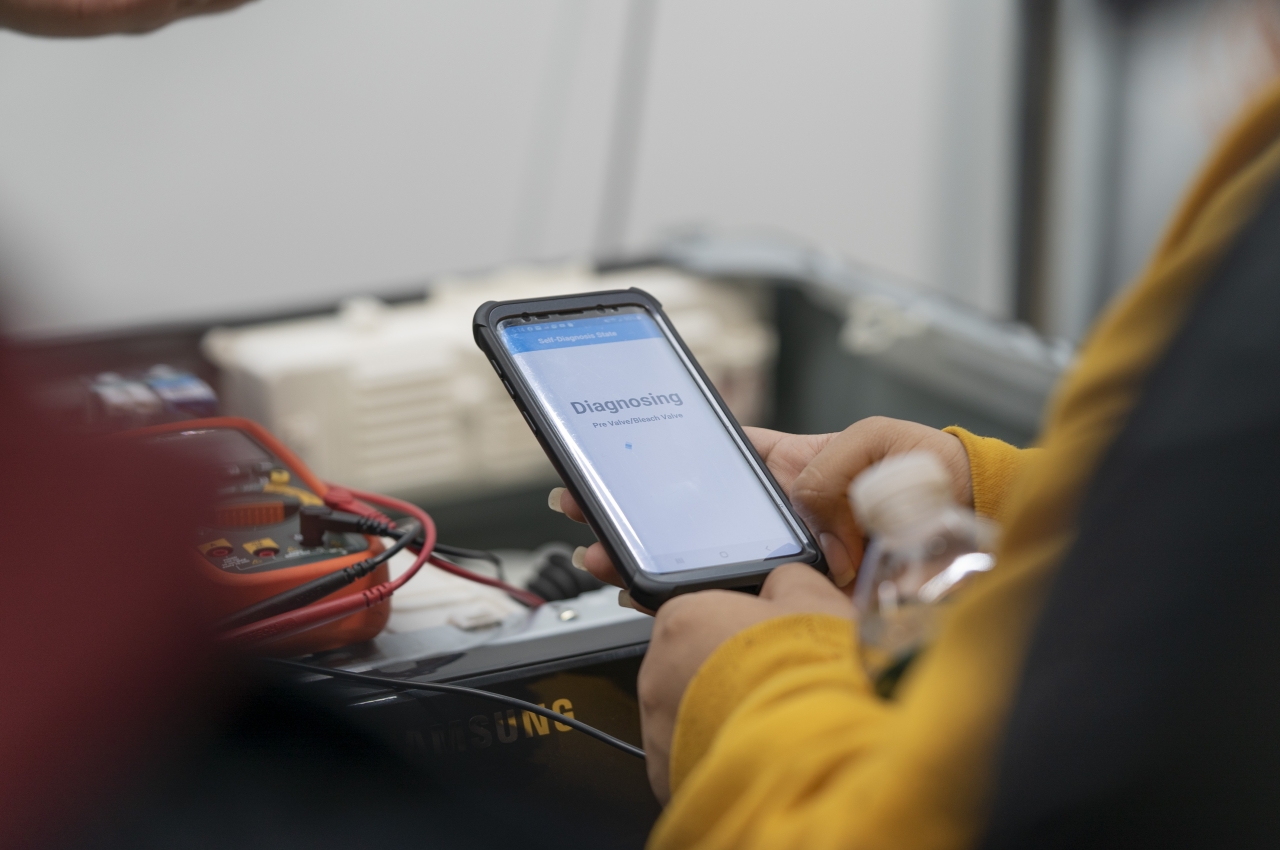
Apple has always been the shining example of supporting its products with software updates, but it admittedly has an unfair advantage. It has almost full control of both hardware and software, so it’s easier for it to do its own thing and even demand that carriers fall in line. The open ecosystem of Android has made that more difficult to accomplish, but it isn’t impossible. Fortunately, Google and its partners are getting their acts together and providing longer support for their devices.
![]()
Admittedly, a phone will continue working long after it receives the last software update. In some cases, apps might even continue working for years on older versions of Android or iOS. When a manufacturer officially ends its support for a particular model, however, it creates a sense of abandonment that makes it feel like the phone has now become obsolete and potentially unusable. That, in turn, generates a desire to buy a new phone, even if the current one is objectively still fine. Repeat that process over and over again, and you’ll get discarded phones piling up, slowly but surely poisoning our planet.
Small Steps, Big Ripples
The smartphone industry as a whole seems to be built to be unsustainable. Smartphones are designed like heavily-locked castles, making sure no one other than royalty can gain access inside. Like many consumer products, the marketing pushes people to buy newer ones, even when they don’t really need to yet. Business models don’t encourage or reward people for keeping their old phones longer and instead motivate them to upgrade immediately by throwing in discounts and trade-ins. This kind of culture and mentality only serves to create more wasted resources and more electronic waste, pushing our planet to the brink of death.

Fortunately, the very same large corporations that drive this industry are seeing their responsibility in helping keep the planet alive. After all, their businesses will also fall if there won’t be enough people to buy their products anymore. They’ve started to take small but important steps towards reforming the smartphone industry to be a little bit more environmentally conscious. Whether they’re just riding the trend or really believe in the cause is a different question, and it will be up to consumers to make sure they keep in line and deliver on their sustainability promises.
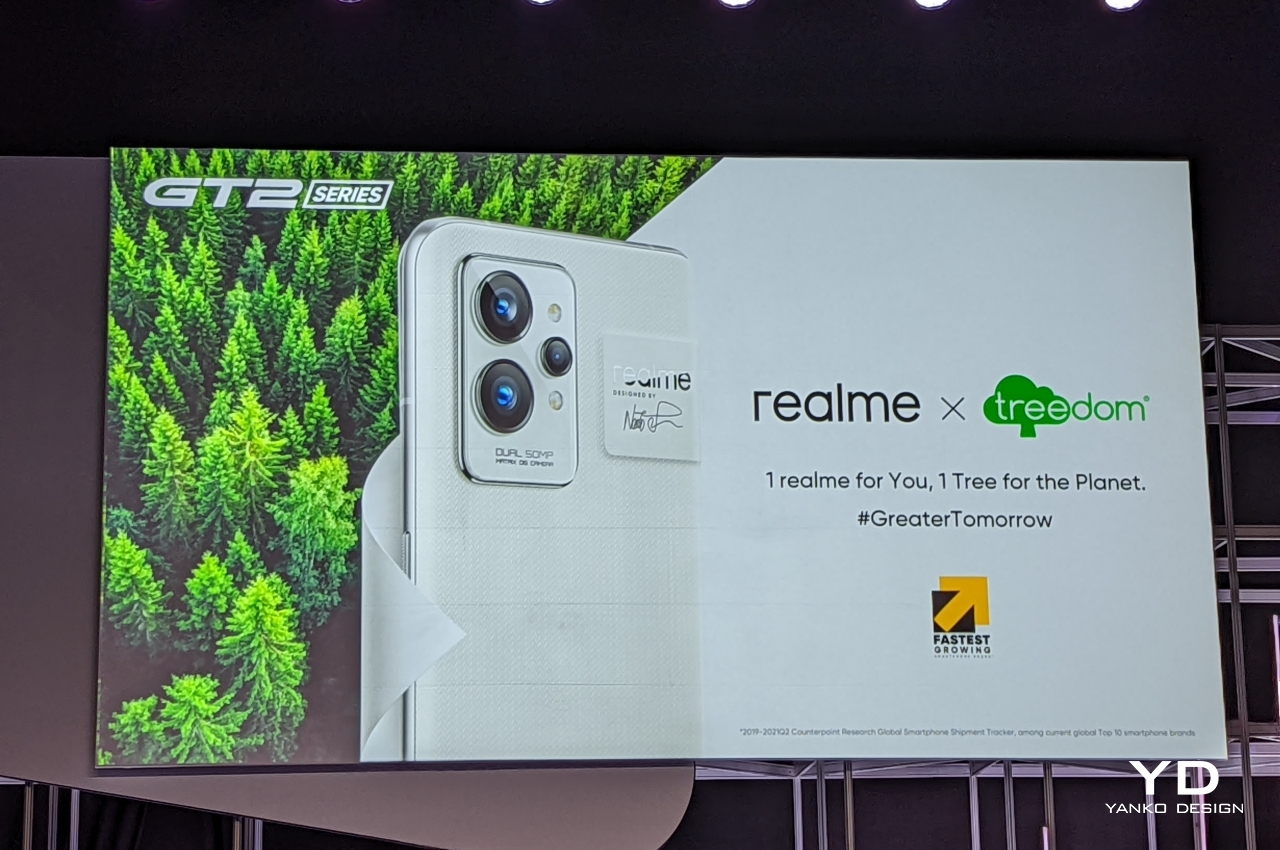
JC Torres
If you liked the article, do not forget to share it with your friends. Follow us on Google News too, click on the star and choose us from your favorites.
For forums sites go to Forum.BuradaBiliyorum.Com
If you want to read more like this article, you can visit our Technology category.



